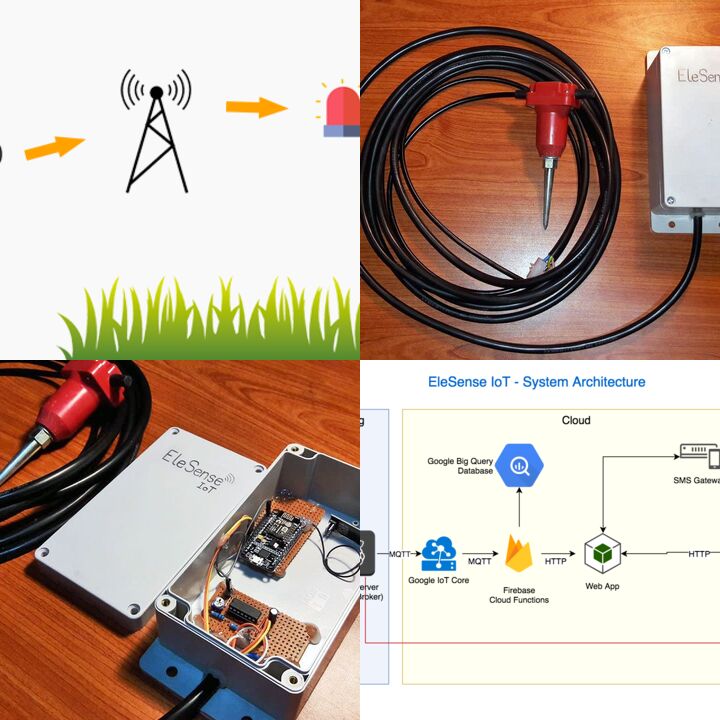EleSense - IoT to prevent HEC
The Problem
In Sri Lanka, annually more than 200 elephant deaths and more than 80 human deaths attributed for Human Elephant conflict. In 2016, 279 elephant deaths and 88 human deaths had been reported in Sri Lanka according to the Department of Wildlife conservation. Sri Lanka has the highest density of Asian elephants per square kilometer amongst countries in the Asian region, and as a result there has been frequent HECs. Different mitigation methods were used since 1980s but nothing seems to be effective and successful in preventing HEC as Elephant deaths and human deaths are increasing annually. So, there are opportunities exists for innovative technological solutions to prevent HECs saving lives of these threatened umbrella species as well as saving lives of humans and preventing property damages.
Our Proposal
Main reasons for HECs in Sri Lanka are unexpected confrontation of elephants by villagers, and humans confront with elephants intrude into croplands, paddy fields & villages. If a network of sensors could detect and track movement of elephants close to villages, and alert villagers with information on where the elephants are dwelling or moving, it could definitely prevent humans from unexpected confrontations with elephants. It could also provide necessary information for wildlife officers and guards, so that they can take measures to prevent elephants entering villages. An IoT based network of sensors coupled with a software system will be designed to accomplish this task. The sensor network will have an array of seismic sensors such as geophone sensors, which can detect movements of large animals like elephants. The effectiveness of the sensor network can be improved by integrating additional sensors which can detect elephants and their movements. The software system will receive telemetry data from the sensor network and detect possible elephant intrusions. It will then send alerts via mobile networks to subscribers and trigger buzzers/alarms positioned in the target area. It will also enable wildlife officers and guards to receive information on elephant movements so that they can chase elephants away.
We Assume that...
1. Target village and its population has access to a mobile phone network, so that they can receive SMS alerts.
5. The system and its components will be safeguarded by the community.
4. A volunteer team from the target area will carryout maintenance work.
3. Government and local authority permissions are granted.
2. Target area has access to electricity.
Constraints to Overcome
Current HEC mitigation methods lack the ability to detect elephant movements accurately and the ability to provide information on such elephant intrusions timely to villagers. This solution will overcome such barriers and let villagers take informed decisions, which will in turn prevent and reduce human - elephant confrontations.
Current Work
1. Establish a prototype of the system in a target area in 2018. 2. Get more than 50 people to use the system in 2018. 3. Launch the system in large scale in an area where HECs are frequent. 4. Get more than 60% of people in that area to use the system. 5. Reduce number of human-elephant conflicts in that area by considerable number.
Current Needs
1. Equipment (Sensors, prototyping equipment, etc). 2. Acquiring technical expertise on related technologies. 3. Funding for field research and purchase of equipment. 4. Community support to improve the product.

